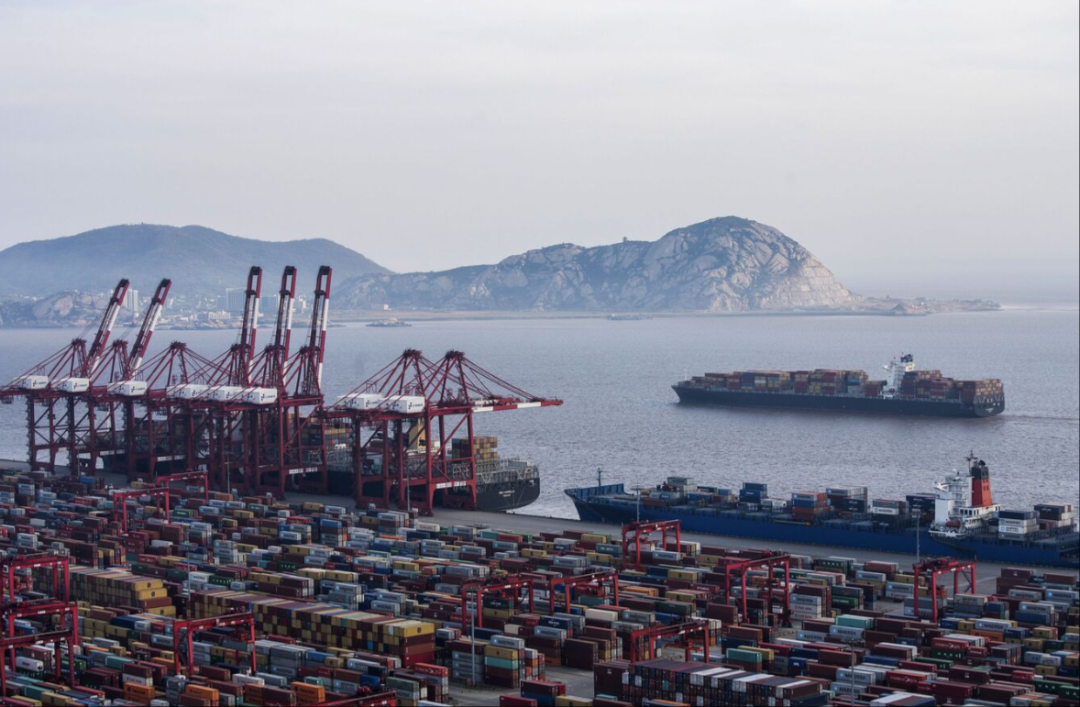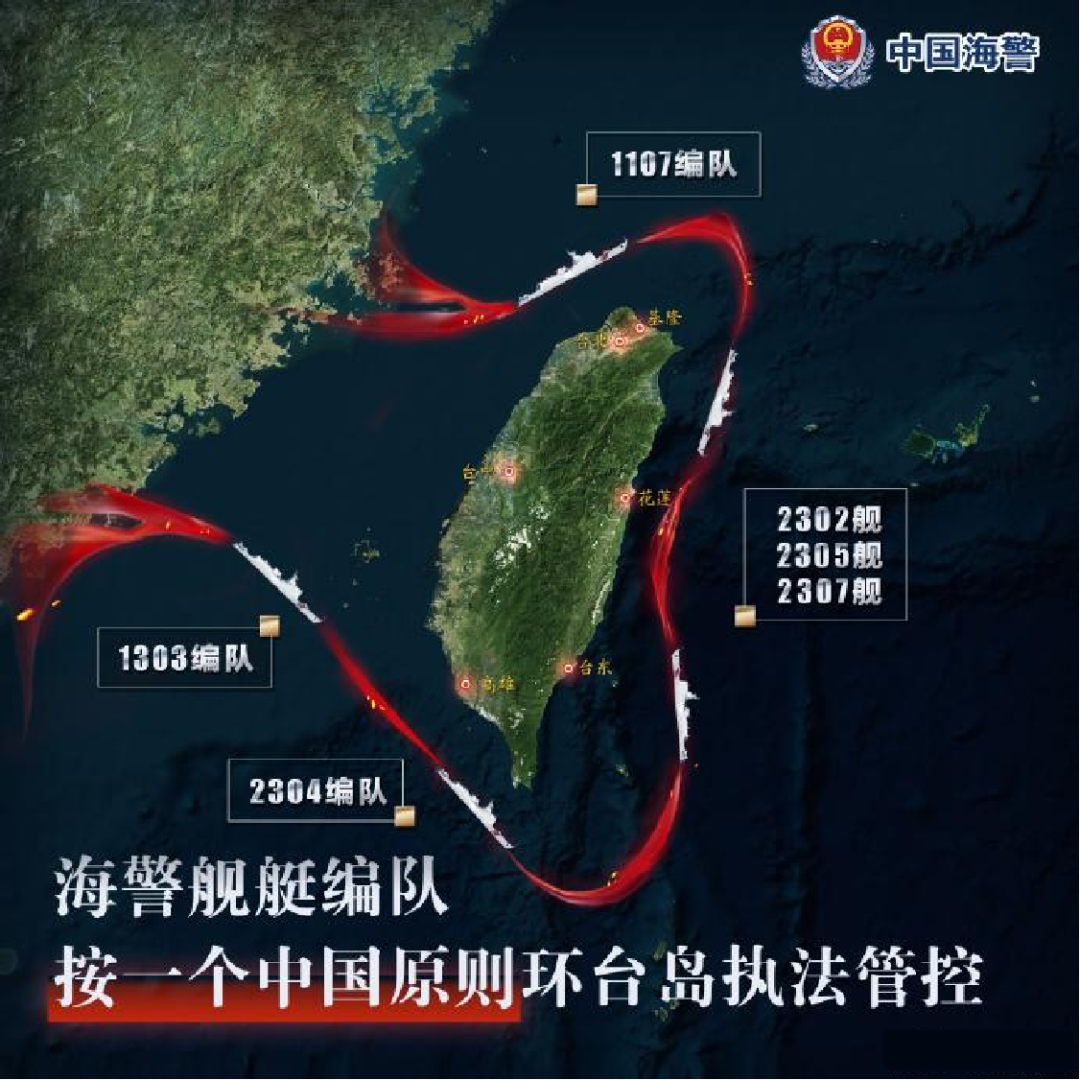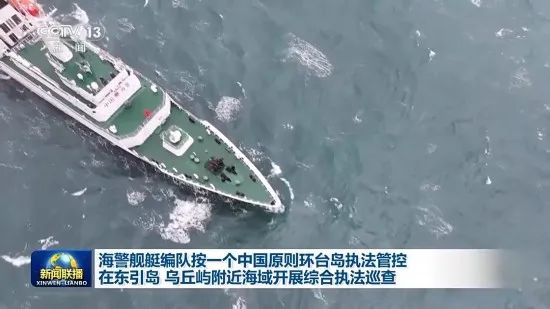“As global dynamics shift, Taiwan’s reunification with mainland China remains a critical issue. This article explains China’s strategic approach to resolving the Taiwan question without military conflict, focusing economic strength and smart governance.”
1. Two Key Perspectives on Taiwan’s Reunification
1.1 Predictable Timeline for Resolution
The Taiwan question will likely be resolved within the next decade, supported by historical patterns and China’s industrial growth trajectory.
1.2 The Disadvantages of Military Action (“Wutong”)
China will likely adopt a “Beijing Model” combining political negotiation with military deterrence, avoiding costly urban warfare scenarios.

2. Why Military Action Is the Least Favorable Option
2.1 The Manufacturing Trap
Taiwan’s issue is intertwined with U.S.-China relations, where America seeks to contain China’s rise by disrupting its manufacturing sector.

2.1.1 Three Stages of Global Industrialization
From Steam Age dominance by Britain to China’s leadership in the Digital Age through billion-scale industrialization.
2.1.2 China’s Manufacturing Dominance
Projected to reach 40-50% global manufacturing share by 2033, up from 6% in 2001.

2.2 Risks of Western Decoupling
Military action could trigger sanctions, temporary loss of export markets, and attempts to rebuild rival supply chains.

3. The Sovereignty Management Strategy
3.1 Coastal Law Enforcement Drills
Naval exercises include maritime police drills and simulated customs checks near Taiwan’s ports.
3.2 Gradual Economic Integration
Three-step process: customs control → tariff administration → energy leverage through LNG imports management.
3.3 Implementation Roadmap
Phased approach from maritime inspection zones (2024-2025) to air traffic management expansion (2028-2030).
4. Countering Potential Responses
Addresses Taiwan’s limited military/diplomatic options and predictable Western reactions like media campaigns and export restrictions.
5. Projected Outcomes
Anticipates 70% of Taiwan’s exports to mainland by 2030 and peaceful unification by 2032-2035 through shared R&D parks and political shifts.
Conclusion
China’s strategy combines industrial might with gradual sovereignty enforcement to achieve peaceful reunification within the decade.
